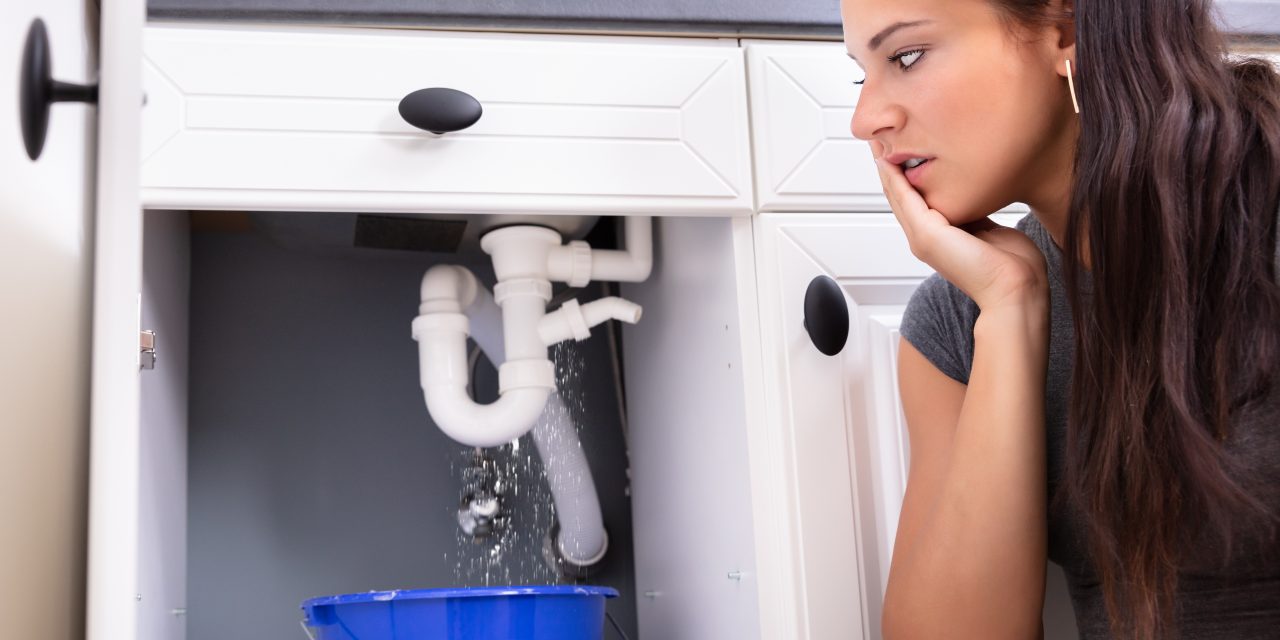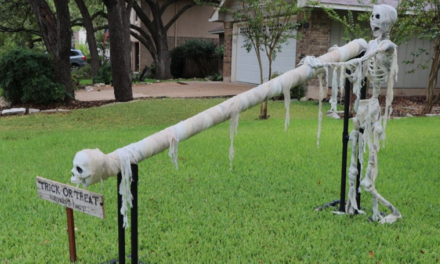Plumbing issues can be intimidating and extremely costly if you’re not careful. But we’ve got a few ways for you to fix some of the most common plumbing issues – without a hefty bill!
1. Fixing a leaky faucet.
The most common cause of a leaky faucet is mineral buildup and they can be fixed much more easily than you would think. In under an hour, you can have your faucet back and running properly. The tools needed depend on the type of faucet you’re repairing, but almost every job requires an Allen wrench to remove the handle. If you’re prepared with a set of small Allen wrenches, you’ll be ready to go.
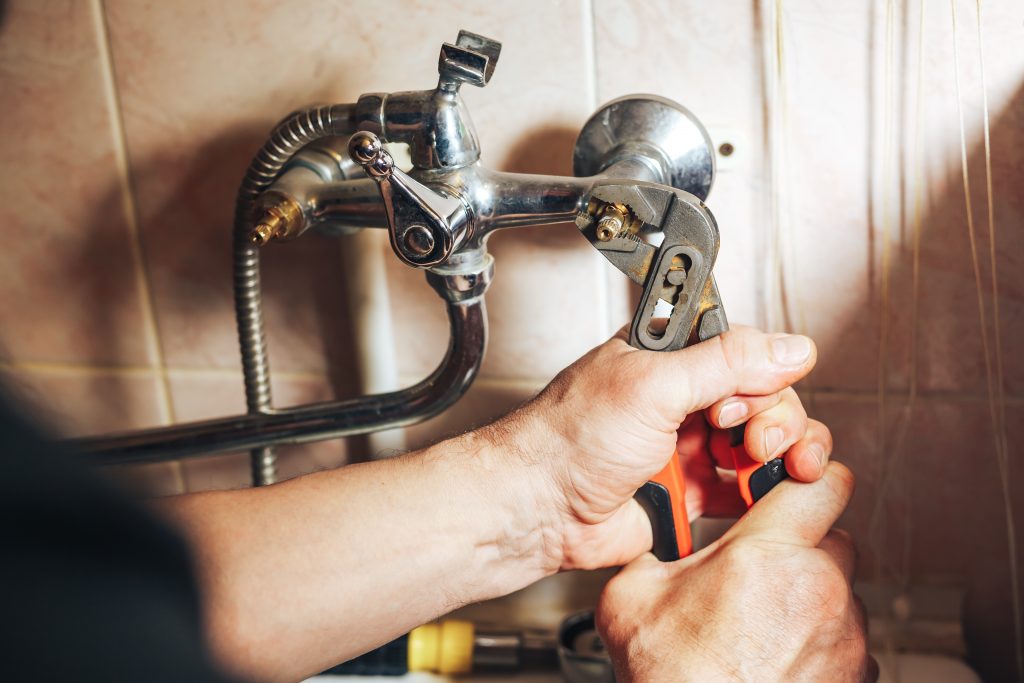
First and foremost, turn off the water supply. These shutoff valves can normally be found underneath the sink the faucet is attached to. Another good practice is to block off the drains with strainer baskets or rags so you don’t lose any parts.
Next, as you’re removing parts from the faucet and sink, pay attention to what parts go where, and the order in which you removed them. It’ll be much easier when you put everything back together.
Once all the parts have been removed, toss them in a bowl of vinegar and let them soak. This ensures any and all mineral deposits are removed and water can flow more easily.
2. Stop a running toilet.
The toilet is running! You’d better go catch it! Toilets often run and the fix is a quick and minor one. In just a few steps, you can stop that annoying sound of the toilet constantly running and save water and money. First, check the fill tube. Remove the tank lid and find the fill tube – a small, flexible tube about 4-5 inches long. The fill tube connects to the fill valve and the overflow tube and when the tank refills, it transfers enough water to refill the bowl after a flush. It’s easy for this tube to get detached from its counterparts, so make sure it’s secured tightly and flush again to make sure it’s doing its job.
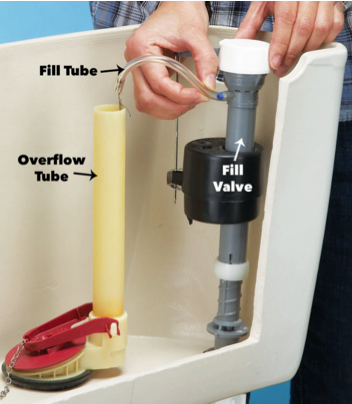
Next, you’ll want to check the fill height of your float. A lot of times, the float is set too high and this causes water to overflow into the overflow tube. Then, your fill valve won’t shut off causing the toilet to keep running.
Then, locate the fill level mark on the back of your tank and mark it on the toilet overflow tube. Flush your toilet and see if the water reaches and stops at that mark. Adjust as necessary.
3. Unclog the drain.
Shower drains are often easily clogged with hair, dirt and other gunk. But more often than not, they can be fixed without harsh chemicals.
First, remove your drain stopper. Then, try grabbing a screwdriver, wire or bent coat hanger and fish the debris out of the drain. We suggest going in several times so you get the majority of the buildup. Try running the water and see how easily it flows.
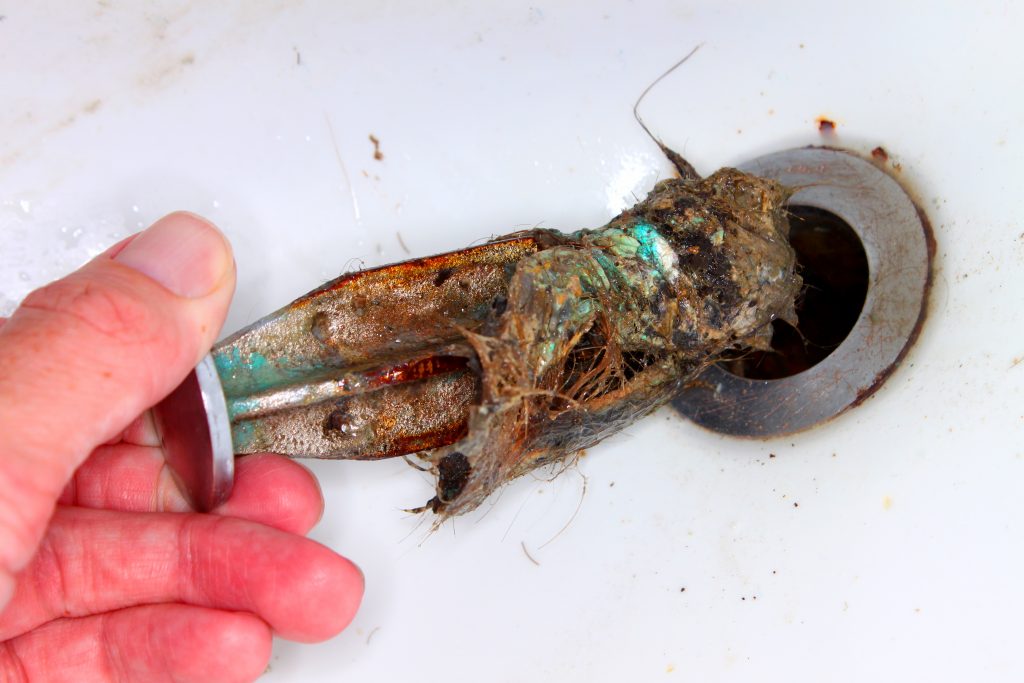
If you’re still having trouble, make sure the hair and debris isn’t caught on the metal in the pipes. If so, grab some scissors and start cutting.
No matter what kind of plumbing issue you’re having, just make sure to spend time learning the cause and location of the problem before calling a professional or diving in too deep. More plumbing problems can be fixed with just little to no tools and just a little bit of research!

